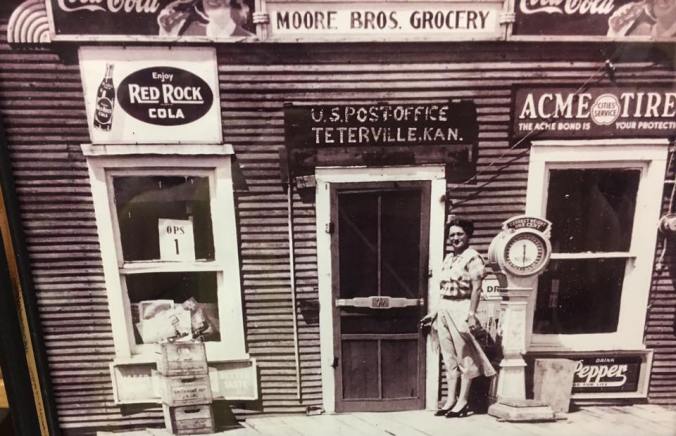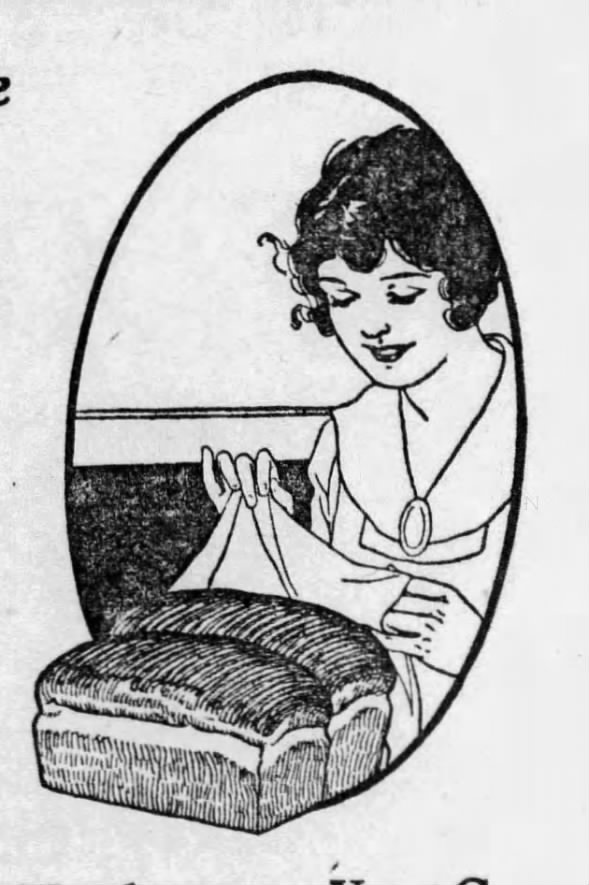
Perfect for a recipe of new peas and baby potatoes
Little things trigger your memories. Someone passed around a meme titled “Snapchat – the Old-Fashioned Way.” The meme’s picture showed a grandmother on a porch swing with a lap full of string beans. She was snapping the beans into the right size for cooking.
Next to her on the swing sat a grandchild who was also snapping beans. Several more children sat on the nearby steps as they listened to their grandmother tell a story. Their hands were busily snipping the ends off the beans and breaking the green beans into short pieces.
My aunt Cj Garriott commented, “Oh, this brings back great memories! Mother and I also hulled peas, sitting on the back steps. Occasionally, one or more would pop out on the sidewalk. Our dog Tippy would snap them up! Then one day mother caught him getting some off the vine. Daddy had to put a fence around the peas.”

We didn’t need a knife if the bean were fresh and crisp. We also didn’t make the pieces this short.
Putting all hands to work was necessary if the family grew a large garden. Preparing enough beans for canning was quite a bit of hand labor. Over the winter months, we were glad to have Mason jars filled with vegetables for the eight hungry people around our big oak table.




































